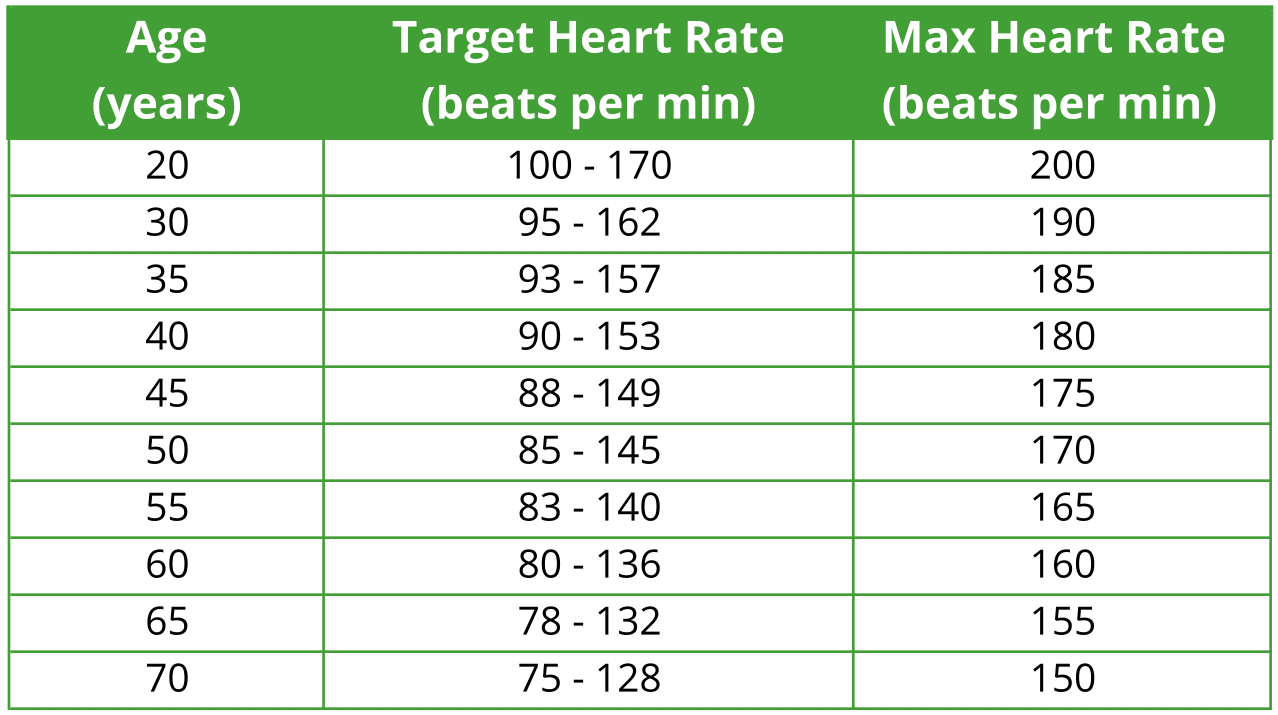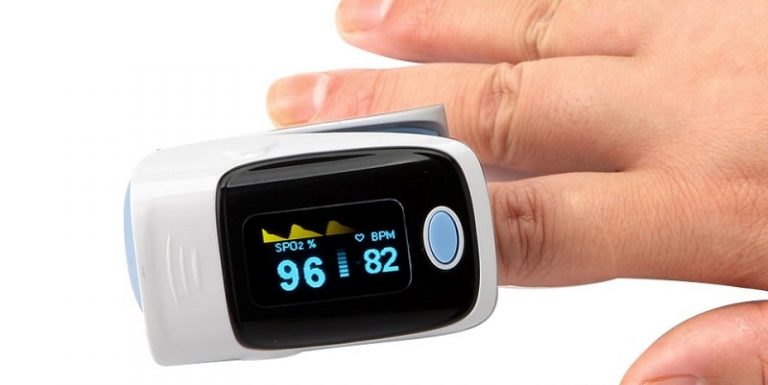
Measure your heart rate by placing two fingers gently against your wrist (don't use your thumb).After exercising for about 10 minutes, stop and take your pulse.To check your heart rate while exercising: A heart rate monitor shows your pulse rate continuously, so you see how exercise changes your heart rate. Or you can wear a heart rate monitor during exercise so you do not have to take your pulse. You can take your pulse rate during or after exercise to see if you are exercising at your target heart rate. You benefit the most when your exercise heart rate is within the range of your target heart rate. Many people use a target heart rate to guide how hard they exercise.ĭuring exercise, your heart should be working hard enough for a healthy effect but not so hard that your heart is overworked. Diseases of the blood vessels ( peripheral arterial disease).An underactive thyroid gland ( hypothyroidism).Some types of heart disease and medicine to treat heart disease.Stimulants such as caffeine, amphetamines, diet pills, and cigarettes.Ī slow resting heart rate may be caused by:.An overactive thyroid gland ( hyperthyroidism).Some medicines, such as decongestants and those used to treat asthma.Your doctor will talk with you about any abnormal results that may be related to your symptoms and past health. Many conditions can change your pulse rate. You can check this normal change in your pulse rate by changing your breathing pattern while taking your pulse. Normally, your heart rate will speed up a little when you breathe deeply. An occasional pause or extra beat is normal. Your pulse usually has a strong steady or regular rhythm. Many things can cause changes in your normal heart rate, including your age, activity level, and the time of day.

The chart below shows the normal range of a resting heart rate (pulse rate after resting 10 minutes) in beats per minute, according to age. It will be faster when you exercise, have a fever, or are under stress. Your pulse changes from minute to minute.


You check your pulse rate by counting the beats in a set period of time (at least 15 to 20 seconds) and multiplying that number to get the number of beats per minute. Some people like to check their pulse before and after they exercise. You can check your pulse the first thing in the morning, just after you wake up but before you get out of bed. Your doctor will usually check your pulse during a physical examination or in an emergency, but you can easily learn to check your own pulse. Counting your pulse rate is a simple way to find out how fast your heart is beating. Changes in your heart rate or rhythm, a weak pulse, or a hard blood vessel may be caused by heart disease or another problem.Īs your heart pumps blood through your body, you can feel a pulsing in some of the blood vessels close to the skin's surface, such as in your wrist, neck, or upper arm. But the rhythm and strength of the heartbeat can also be noted, as well as whether the blood vessel feels hard or soft. Your pulse is usually called your heart rate, which is the number of times your heart beats each minute (bpm).

Your pulse is the rate at which your heart beats.


 0 kommentar(er)
0 kommentar(er)
